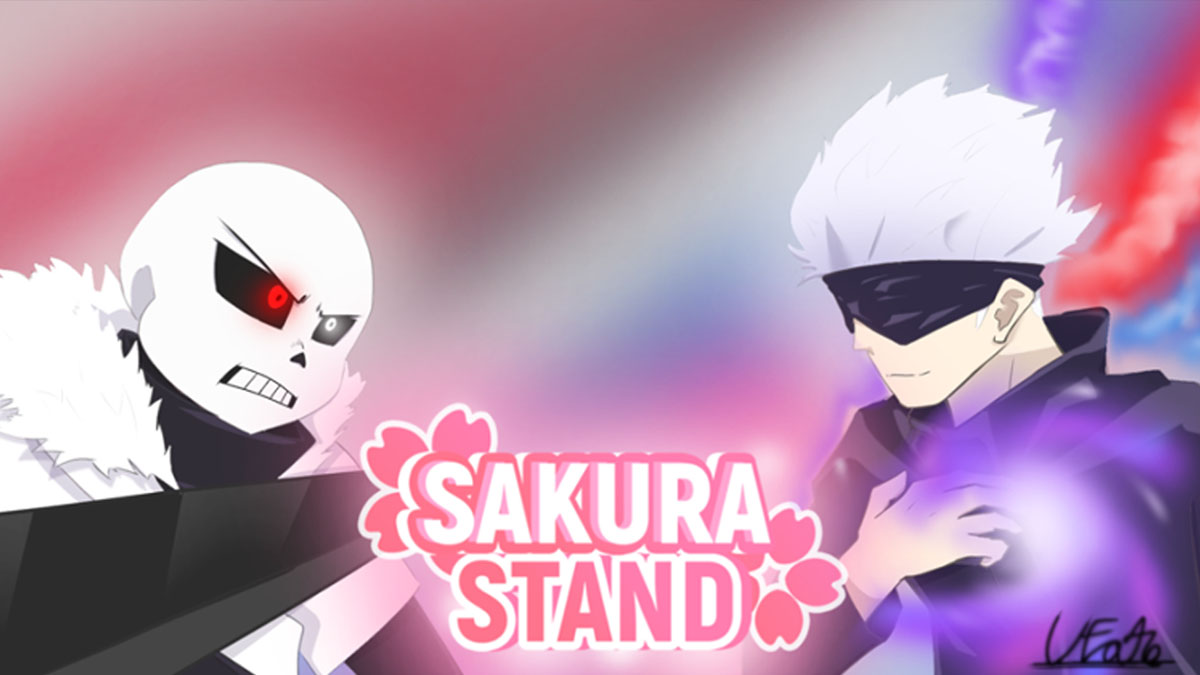The bane of many online multiplayer games, no matter how fun they might be, can often be the tick rate. The tick rate, or refresh rate, of a server, is how many times it updates per second, information all players in the server of any new information that they need to know.
This information can include other player positions, bullets and trajectories, and other forms of incoming damage. If the tick rate is too slow, the game is often considered sluggish and it is the common consensus that the faster the tick rate, the more accurate information players have to work with. This is especially important for competitive play where snap decisions and instant reactions can often decide who wins and who dies and this is why most professional tournaments will be played on LAN when possible.
For Apex Legends the server tick rate is 20 Hz, with most players feeling that 60 Hz is a more acceptable speed to compensate for other issues that occur while online gaming. While the community wants this change, it does not seem likely based on a developer blog post to the official EA website.
In the blog post, Lead engineer Samy Duc gave some details about the infamous tick rate issue. According to Duc, increasing the tick rate will not magically solve many problems that players perceive as being related to server refresh rates. “It wouldn’t do anything for issues that are tied to plain old lag (like getting shot while in cover), ISP-level issues, or bugs (like with hit reg and slow-mo servers),” writes Duc.
The problem is that the developer needs to balance bandwidth usage with the player experience and figure out what will actually make things better versus what will simply appease vocal customers without really changing anything. In an extremely math heavy part of the post, Duc shows that a player with a 50-millisecond ping would experience a 75-millisecond delay, getting 5 frames of lag if running the game at 60 FPS while on a 20Hz tick rate. If the tick rate was boosted to 60 Hz, the same math would see 3 frames of lag. So, a lot of expense all around for little improvement.
As such, it is highly unlikely that the tick rate for Apex Legends will be changing any time soon.







Published: May 27, 2021 11:35 am